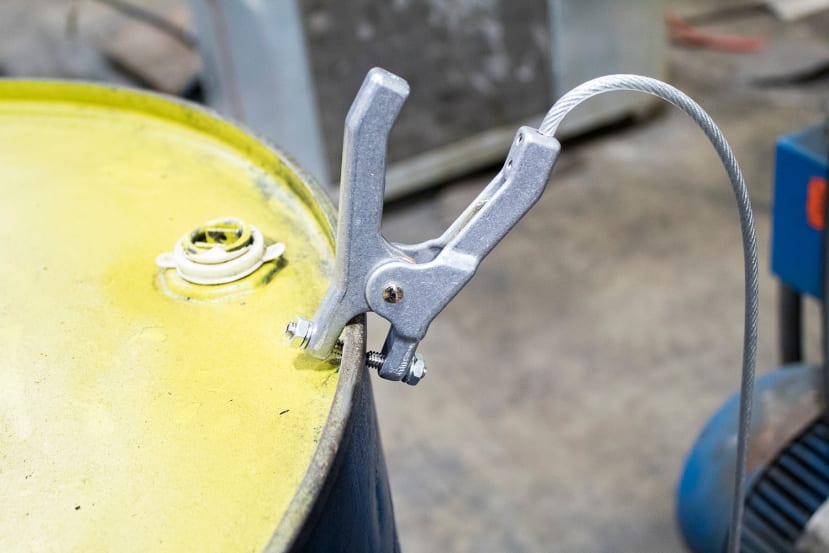Industrial Safety - Earthing and Bonding
Follow articleHow do you feel about this article? Help us to provide better content for you.
Thank you! Your feedback has been received.
There was a problem submitting your feedback, please try again later.
What do you think of this article?
When considering plant safety, one is usually drawn immediately to the things one can readily see, such as rules and regulations on how to navigate throughout the site and protective attire such as safety shoes, high-vis jackets and eye protection. So, if all these things are in place, isn’t it safe? Possibly, but maybe not! What about invisible dangers such as static electricity? Has the need for bonding and earthing been considered?
Reports of static electricity incidents are far more common than one might think. Should an electrostatic charge build-up in a flammable or explosive environment, an extremely dangerous situation has been created.
Situations such as these can usually be avoided by installing high-quality low resistance earthing and bonding cables having clips or clamps at each end. The clips are required to maintain high clamping force and may require to have a paint piercing point to effectively establish a solid metal on metal connection to lower resistance and reduce static. The electrical clips and clamps can be connected via braided copper cable or better still, a stainless steel wire rope which tends to be more robust for industrial and harsh environment applications. One must ensure all clip-to-cable connections are secure and always test the assemblies for low resistance; the closer one gets to 1 OHM the better.
However, bonding and earthing cables will not always guarantee static dissipation. Often an earthing or bonding cable is attached to an object, such as a pump or tank, which has been coated or painted for protection. Such coatings can impede the clip's ability to make a good metal to metal connection, which consequently increases resistance within the earthing structure. This increase in resistance introduces the possibility of an electrostatic discharge. Rust build up can also create a barrier which disrupts a good, low resistance metal to metal connection. As a result, this too may create an unsafe environment. To avoid such situations, it is important to test your earthing and bonding cable's connection resistance at the time of deployment. If the resistance is low, that’s great! If the resistance is too high, you need to make adjustments in order to ensure a solid, low resistance connection. Do not leave anything to chance; ensure a solid low resistance connection is evident before giving it your approval.
Regular maintenance is vital to ensure that your earthing and bonding equipment is in good condition and continues to remain effective in reducing static electricity. Regular inspection of the earthing and bonding equipment is a necessity in maintaining plant safety. Industrial environments can and will severely test the integrity of any plant and equipment, including earthing and bonding cables and assemblies.
In Summary, Industrial safety goes far beyond the need for appropriate protective wear being mandated throughout the plant. Electrostatic discharge, the invisible threat, will also need to be addressed. High quality, low resistance earthing and bonding equipment is readily available to provide the required protection. Appropriately placed earthing and bonding cables and assemblies, along with regularly scheduled resistance testing, will help provide a safe work environment for everyone.
Mueller Electric is a leading manufacturer of electrical clips and assemblies used in earthing and bonding applications, with standard products available from stock at RS Components and Allied Electronics.
Mueller Electric Europe



